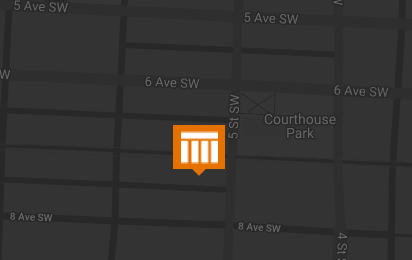Publication
Resolutions Explained
There are 3 types of Resolutions those involved in Condominium governance must be aware of and understand – the Special Resolution, the Ordinary Resolution and the Board Resolution. Each of these have different requirements for passing and they cannot be used interchangeably. The following is some basic information about each Resolution and its statutory foundation:
The Special Resolution
I’m sure most of you have had the (mis)fortune of trying to amend your Bylaws and know just how hard it can be to pass a Special Resolution. This type of Resolution is passed by the Ownership and has the highest voting threshold. Under the Condominium Property Act (the “Act”) a Special Resolution requires 75% of ALL of the persons entitled to exercise the power of voting, representing not less than 75% of the Unit Factors for ALL of the Units. It is a two-fold test, meaning that you must have both sufficient persons and sufficient Unit Factors for it to pass.
A Special Resolution can be passed at a General Meeting or in writing, but the ultimate number of votes required does not change whether it’s done in person or on paper. The majority of all Special Resolutions are done in writing, as the likelihood of there being sufficient people present at a General Meeting to pass a Special Resolution is virtually non-existent.
The Act outlines certain circumstances in which a Special Resolution will be required, such as Amending Bylaws (s. 32) or acquiring or disposing of property (s. 37, 49). The Bylaws might also impose the obligation to pass a Special Resolution to conduct certain business, such as when the Corporation wants to borrow funds or borrow funds greater than a particular threshold.
The Ordinary Resolution
An Ordinary Resolution is commonly confused with the Board Resolution, but this again is a Resolution passed by the Ownership. Like the Special Resolution, an Ordinary Resolution can be passed at a General Meeting or in writing, and any who have attended at and voted during an AGM have participated in the passing of an Ordinary Resolution. Unlike the Special Resolution the ultimate number of votes required can differ depending on whether it is done in person or on paper.
Under the Act an Ordinary Resolution is passed by a majority of those present at a General Meeting, and for business to be conducted at the meeting you need only have quorum present. Depending
on your quorum level, this could amount to 51% of only 15% of the ownership, or lower if you have a deemed quorum provision in your Bylaws. On the other hand, an Ordinary Resolution in writing
requires more than 50% of ALL of the persons, representing more than 50% of the Unit Factors for ALL of the Units. The Ordinary Resolution in writing flips back to something similar to the Special
Resolution, just at a lower threshold, as it is again a two-fold test and the voting threshold is based on the entire Ownership.
Any of the Corporation’s business that is not required to be done by way of Special Resolution is done by Ordinary Resolution. The Act also outlines certain circumstances in which an Ordinary Resolution is required, such as for the removal of a Board Member (s. 28.1) or changing the municipality in which your General Meetings are held (s. 31).
The Board Resolution
The Board Resolution is exactly what it sounds like, namely a Resolution passed by the Members of the Board. Unlike the Special Resolution and the Ordinary Resolution, a Board Resolution is not defined under the Act. Instead, the Act tells us that the powers and duties of the Corporation shall be exercised and performed by the Board. How is this done? By way of Board Resolution.
The Board’s decisions are done by way of majority vote, which can be done at a meeting or in writing. Like with the Ordinary Resolution, the ultimate number of votes required will vary depending on whether it is passed in person or on paper. For a Board Resolution to pass at a meeting there must be quorum, and a majority of those present at the meeting must vote in favour of the Resolution. For a Board Resolution to pass in writing, a majority of the entire Board must vote in favour.
If the Act or the Bylaws do not require a Special Resolution or Ordinary Resolution for a particular piece of business, it is then something that can be decided at the Board level. This includes hiring trades, purchasing insurance and setting the budget for the coming year.
Understanding how the Condominium Corporation’s business is conducted can be confusing the thing to remember about all Resolutions is that they don’t have to be perfectly phrased, just legal. Don’t panic about your language, so long as your intent is clear. If we can be of assistance, please don’t hesitate to contact the author or another member of our Condominium Group.

